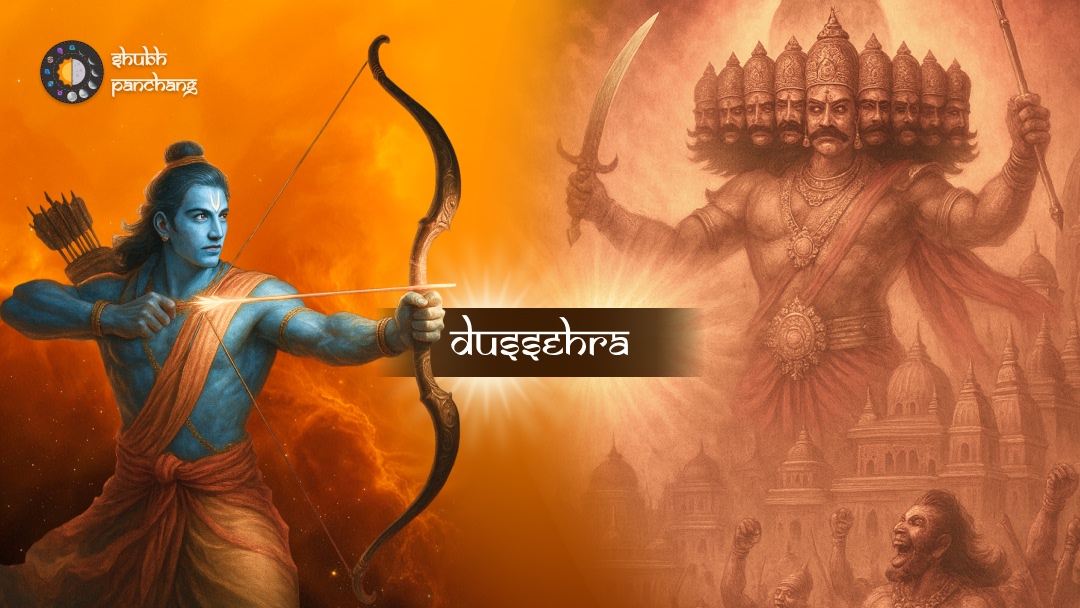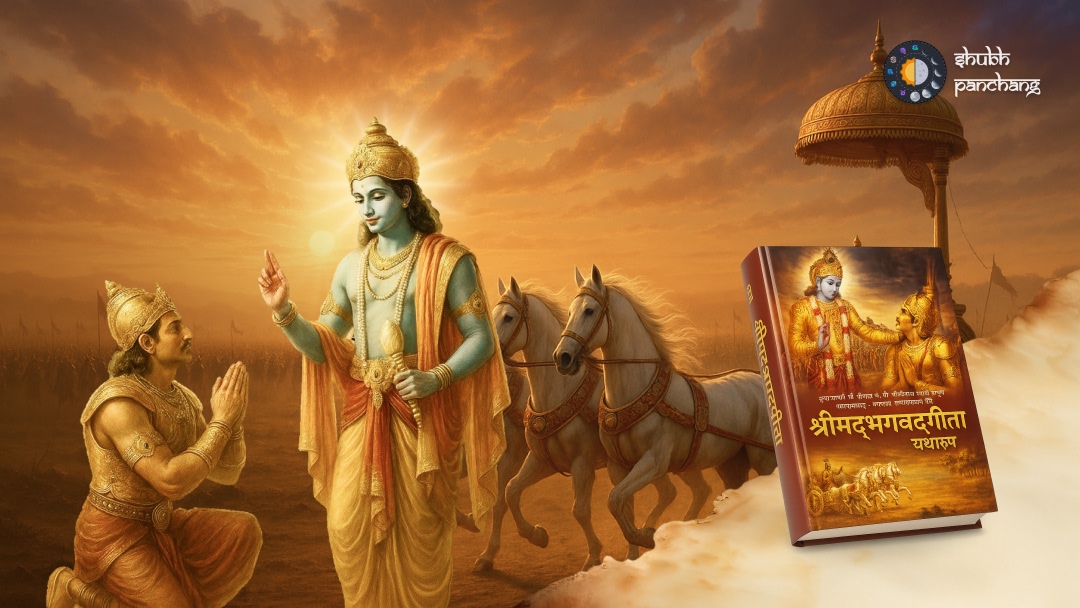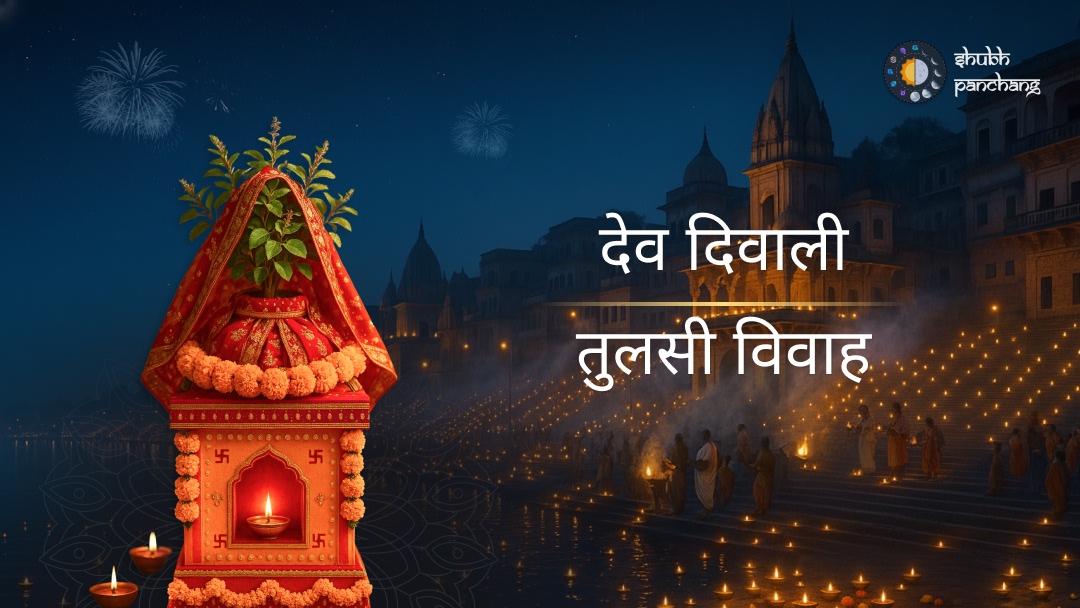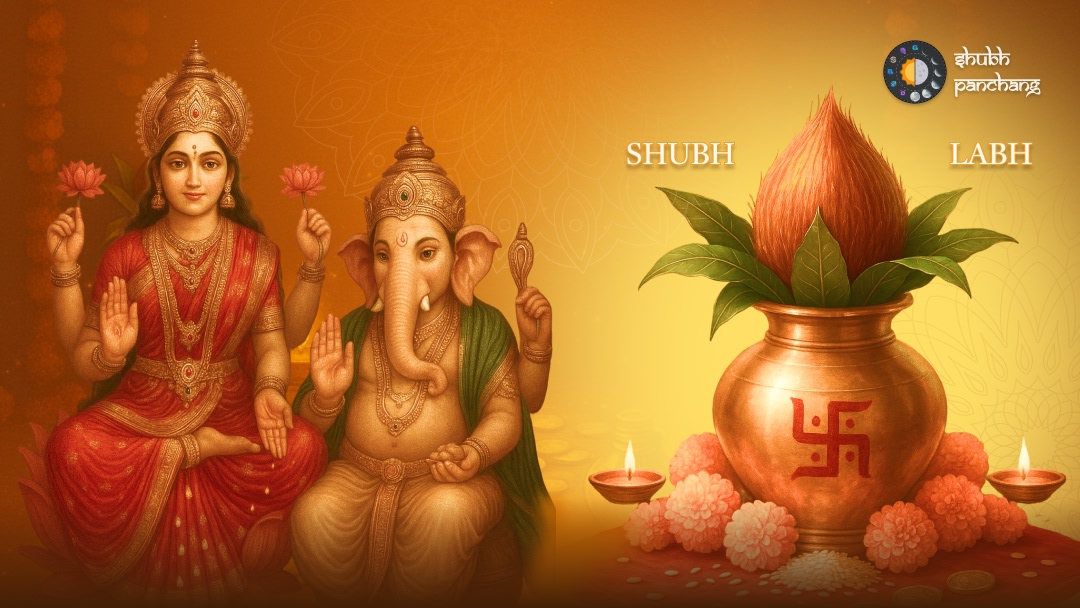
Dussehra: A Festival of Triumph
Dussehra, also known as Vijayadashami, is more than just a festival; it's a powerful reminder of the eternal battle between good and evil, and the ultimate triumph of righteousness (dharma). After years of studying Hindu traditions, I've come to appreciate Dussehra not just as a celebration, but as a pivotal moment for spiritual renewal. What's fascinating is how this festival resonates across India with unique regional flavors, all united by the core message of victory. Are you ready to explore the profound depths of Dussehra and uncover its life-changing lessons? Let's embark on this journey together!
Legends Woven in Time: Rama and Durga
Dussehra is deeply intertwined with two powerful legends: Lord Rama’s victory over the demon king Ravana, and Goddess Durga’s triumph over the buffalo demon Mahishasura. The Ramayana narrates how Lord Rama, after a fierce battle, vanquished Ravana, who had abducted his wife Sita. This victory symbolizes the triumph of righteousness, courage, and discipline over arrogance and evil. In Bengal and other eastern states, Dussehra is celebrated as Durga Puja, commemorating Goddess Durga's victory over Mahishasura. This legend emphasizes the power of divine feminine energy to destroy negativity and restore balance. What I've noticed is that both stories, while distinct, share a common thread: the unwavering belief that good will always prevail, no matter how daunting the odds.
Rituals: Symbolism in Action
Dussehra is marked by vibrant rituals that bring these legends to life. In North India, Ram Leela performances enact the story of Rama, culminating in the burning of Ravana effigies. This spectacle is not just entertainment; it's a symbolic destruction of ego, anger, and other negative qualities. In Bengal, the festival concludes with Durga Visarjan, the immersion of the Durga idol, symbolizing the return of the Goddess to her celestial abode, leaving behind blessings and renewed energy. Down south, Ayudha Puja is performed, where tools and instruments are worshipped, acknowledging the divine energy in everyday objects. Shami Puja, the worship of the Shami tree, symbolizes prosperity and victory. I remember as a child being fascinated by the Ram Leela, and only later did I realize that it wasn’t just a story, but a powerful lesson in righteous conduct.
A Kaleidoscope of Regional Celebrations
One of the most beautiful aspects of Dussehra is its diverse regional expressions. While the core message remains the same, the way it's celebrated varies across India, reflecting the unique cultural tapestry of the nation. In North India, the focus is on Ram Leela and the grand burning of Ravana effigies. In Bengal, Durga Puja is a massive five-day carnival, with elaborate pandals (temporary structures), cultural performances, and community feasts. In South India, Ayudha Puja and Saraswati Puja (worship of the goddess of knowledge) are prominent, with people decorating their tools and books. Interestingly, in Mysore, Karnataka, Dussehra is celebrated with a grand procession of elephants and royal pageantry, a tradition dating back to the Vijayanagara Empire. I’ve personally witnessed the Dussehra celebrations in different parts of India, and each one is a unique and unforgettable experience.
Dussehra: A Time for Introspection and Renewal
Beyond the festivities, Dussehra is a time for deep introspection and spiritual cleansing. It's an opportunity to reflect on our own inner demons – our ego, anger, greed, and attachments – and to strive to overcome them. Many devotees use this occasion to begin new ventures, seeking blessings for knowledge, success, and prosperity. It's also a time to reaffirm our commitment to righteous living (dharma) and to draw inspiration from the stories of Rama and Durga to overcome personal challenges. I've often found that taking some time for quiet reflection during Dussehra can bring clarity and renewed purpose.
Blending Devotion, Celebration, and Identity
Dussehra beautifully blends devotion, celebration, and cultural identity. It's a time when families come together, communities unite, and traditions are passed down through generations. The vibrant colors, the festive atmosphere, and the spiritual significance of the rituals create a powerful sense of belonging and shared identity. Dussehra reminds us that we are all part of something larger than ourselves, and that our actions have consequences that ripple through the world. After years of practice, I firmly believe that Dussehra provides hope and instills faith in our hearts.
Good Prevails: A Timeless Message
In conclusion, Dussehra is far more than just a festival; it's a profound reminder that good always prevails over evil, both in the world and within ourselves. The legends of Rama and Durga, the vibrant rituals, and the diverse regional celebrations all reinforce this timeless message. As we celebrate Dussehra, let us not only rejoice in the victory of good over evil, but also commit ourselves to living a life of righteousness, courage, and compassion. Happy Dussehra! Remember, the burning of Ravana is not just an external act; it's a call to burn away the Ravana within us. Start today.







